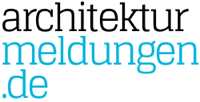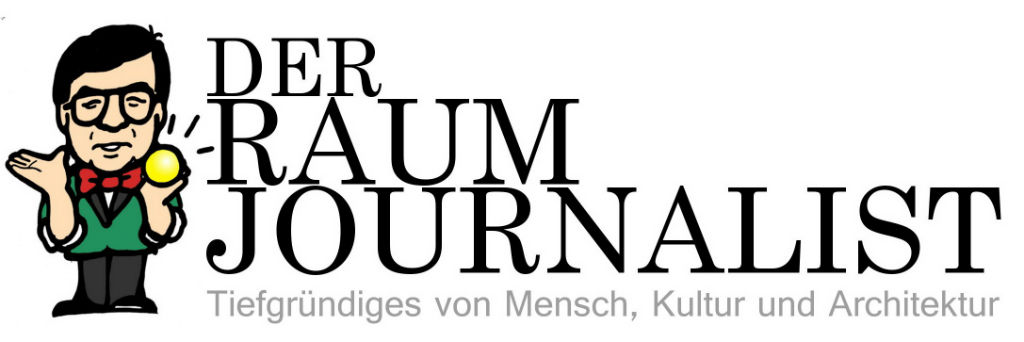“I want my life to be filled with creation and impression forever.” INTERVIEW with Junebum Park
I am glad to present you a new interview with an aspiring young and innovative artist from Korea: I introduced Junebum Park’s work a little while ago – actually, he’s been one of my first articles I published on this blog. Park words especially with video (montage). Remarkable are the “almighty” hands that interfere with the real world sceneries shown in the videos. Thus the world suddenly appears as a toy world en miniature, steered from outside.
His works play with our perception. Even though the videos might appear of simple, amusing working at first – like cartoons played in fast motion -, they soon arise as multi-faceted, critical comments on the global culture. As I’ve written before:
What I like about June Bum Park’s works is how multi-faceted they are, more than you would expect. They can be read as a comment on Korean culture as well as on generall global issues. Furthermore, not only has Park found a way of presenting his sujets in a humorous way – no wagging finger, even though the critical point of view is obvious -, but also has he developped a means of dealing with out way of perception.
So please read on about Junebum Park’s comments on how he chooses his motifs, how traditional Korean art influenced him (or not), and what it is all about with the hands.
((Illustrations taken from Galerie Adler/Website.))
INTERVIEW
How do you choose your motifs?
I find motifs from everyday life’s impacts and phenomena such as religious conversation with family, evening news, loss insurance, high-tech devices, form and use of space and so on.
Do your include a political / social critical connotation in your works?
Yes, I do.
What are your ambitions with your works?
I want my life to be filled with creation and impression forever.
Who / What are your role models? Who / What influenced your work?
How important is the traditional Korean art for you – both the classical-traditional arts of the past centuries and Nam June Paik whose work has become something like a “modern tradition”. In Germany, whenever you talk about Korean art, you associate his name. So, as you work with video, too, has Paik influenced you and if yes, how?
Indeed, I have no connection with Korean arts more than one hundred years before. There were only cultural assets surrounded by books and fence. So, I had to interest in modernity of Korea. On the other hand, Nam June Paik is a modern person who is familiar with Korean traditional art and he undergoes change of times as the previous generation.
Nam June Paik and I have three things in common: similar name with trisyllabic word, Korean, video art. Nam June Paik is kind of a cultural assets for Korea, same as for me. When I was student, I have studied Bill Viola and Matthew Barney. I want my work to remind of Francis Alys and Roman Signer.
About your working technique:
Why video? What are – in your opinion – the advantages of the medium film/video? Do you use other techniques apart from video?
Video is the low-priced device and convenient to move. Tiny hard disks can save many works with the best quality. Of course, I choose video because I decided that my works need to capture motion and development of time. I will call other mediums for necessity of work.
The videos usually show “real world situations” which you have filmed. Later you rework these films and “add” the moving hands. Is it your own hands that can be seen in the videos?
Most of hands are mine and all of them recorded in situ. In some cases, I get some help from my friends. For example, two hands of “1 parking” are; one of hands is mine and the other is my friend’s. There are two types of moving hands: Hands to perform and hands to construct. “1 parking” is the former, “making an apartment” is the latter.
Why hands? Does the hand from “above” has a particular meaning to you? As you know, the motif is very common in Christian iconography. Did this influence you?
I remember “Hand in handcuffs holding the planet”, one of the famous illustrations from Holy Bible. Besides, I can judge far and near by my hands when I take picture. In my work, “order”, “rule” or “agreement” can be represented instead of “hands”.
In several projects of yours, architecture and in a wider sense, man-made constructions and urban situations (streets, parking lot, construction sites,..) play an important role. What is it that you are interested in when you portray architecture/buildings and urban situations?
I still want to be an architect. I like city planning, figure, mathematics, and Plastic model, Lego. The important thing is that I am newly interested in radical contemporary art and socio-critical point of view.
Since your work deals with urban situations: What do you think about the recent urban developments?
I can talk about Seoul. Here it is corrupting cleanly. I think it’s mental derangement level.
And finally: What – in your opinion – is characteristical of your work and your working method?
Theatrical distanciation (Alienation effect / Verfremdungseffekt), Anamorphosis of Perspective, Gestalt approach, Multiple Perspective.








